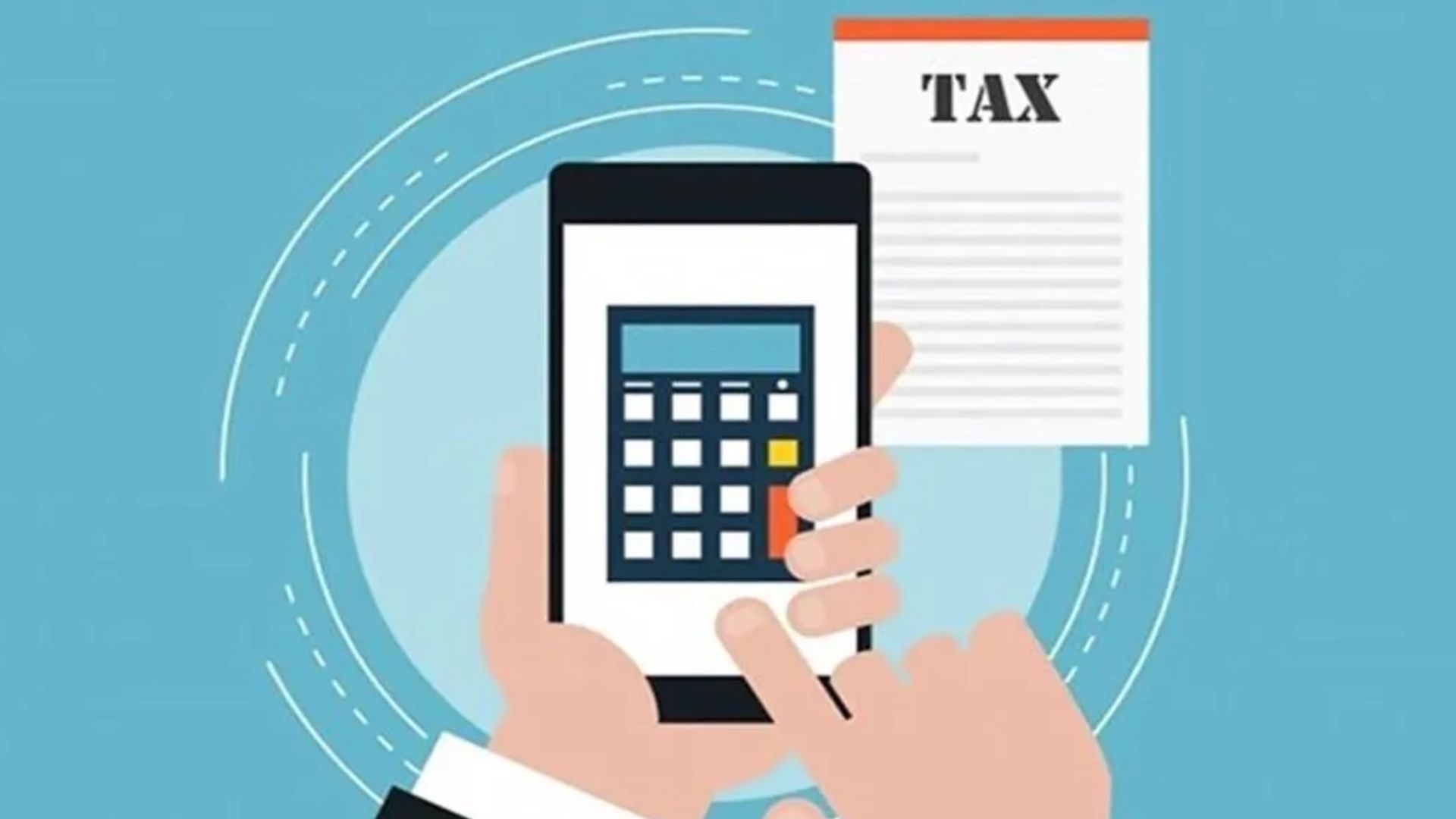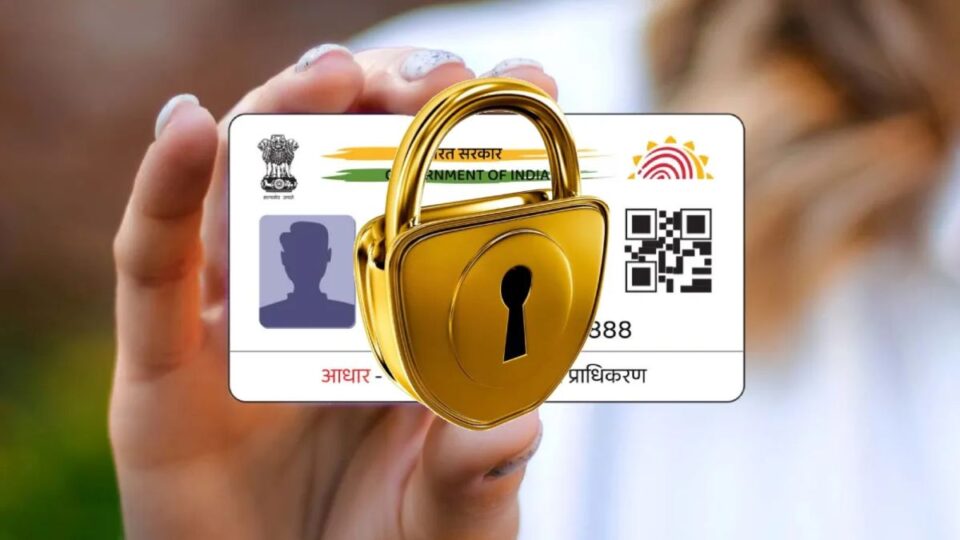
Easy Strategies And Tips to Boost Your Tax Refunds
Navigating tax season can be difficult, but with the right mindset, it can be a chance to save money. In this article, we’ll look at simple yet effective ways to optimize your tax refund. From recognizing often ignored deductions to making sound financial decisions, we’ll give practical advice to help you, whether you’re a seasoned taxpayer or new to the process. Our mission is to provide you with the knowledge and resources you need to effectively navigate tax filing challenges and create a brighter financial future.
Tax-Saving Tools
Investing in tax-saving instruments such as Employee Provident Fund (EPF), Public Provident Fund (PPF), National Savings Certificate (NSC), and Tax-saving FDs (ELSS), as well as Life Insurance, can assist lower your taxable income and so minimize deductions.
Understanding Tax Exemptions
You should be aware of the various components that enable you to claim the deductions and exemptions available to you under the Income Tax Act. This covers deductions for medical expenditures, student loan interest, housing rent, home loan interest, tax-saving investments such as ELSS (Equity Linked Saving Scheme), insurance premiums, and so on.
Tax Filing Status
Check your tax filing status to make sure you’ve picked the most advantageous choice. For example, if you have several tax-saving investments (such as EPF, PPF, NSC, etc.), file under the previous tax system; otherwise, choose the new tax regime.
Reconcile Returns With 26AS
Be sure to collect all possible tax credits, since they immediately lower your tax burden. Always reconcile your return with Form 26AS and claim credit for tax paid as stated in 26AS.
Seek Professional Help
If you are unsure about tax regulations or want to maximize your tax refunds, you should see a tax professional or use-aided services.
If you filed your tax return but forgot to claim any deductions or tax credits, you can file a revised return within the time frame specified to take advantage of the items you overlooked while completing your initial return.



